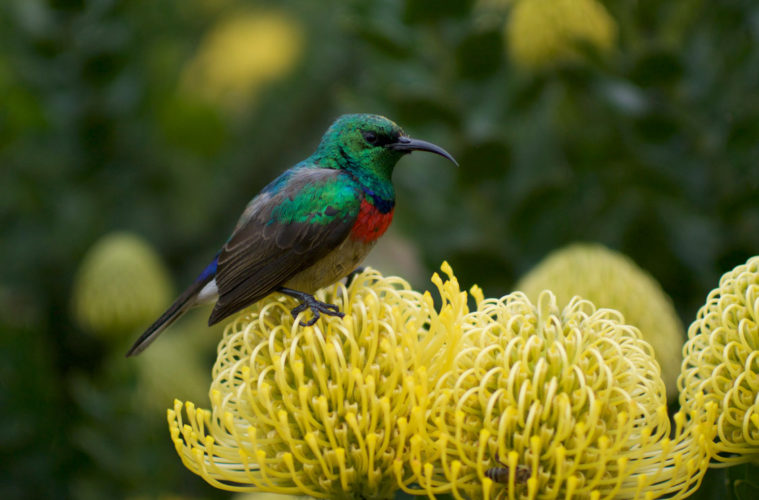Bird expert and author Sally Johnson explains how to attract interesting wild birds to a small garden
Attracting seedeaters and common omnivores is easily done by putting out bird feeders and apples. To attract the more elusive bushveld bird, however, your garden needs to mimic their natural habitat: trees and shrubs that don’t all touch (this would copy a real forest) and open spaces in between.
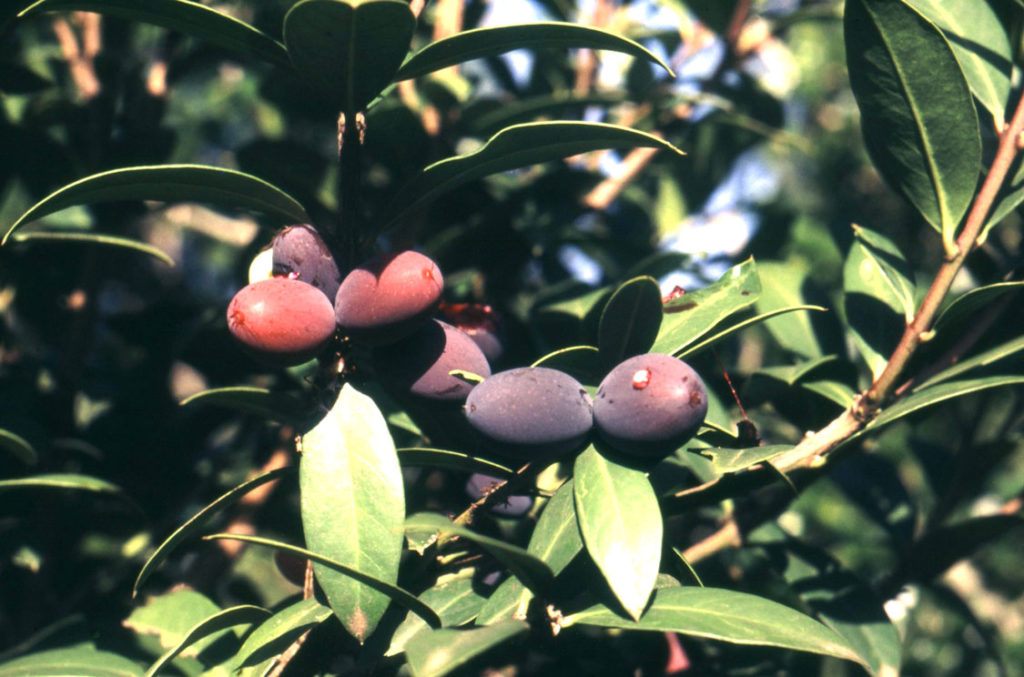
Acokanthera oppositifolia (Bushman’s Poison)
Planning a bird-friendly garden
A small garden is always more difficult than a large one as every single plant and feature has to work really hard to claim its place. There is no room for freebooters and no space for a plant that does not flower or fruit well.
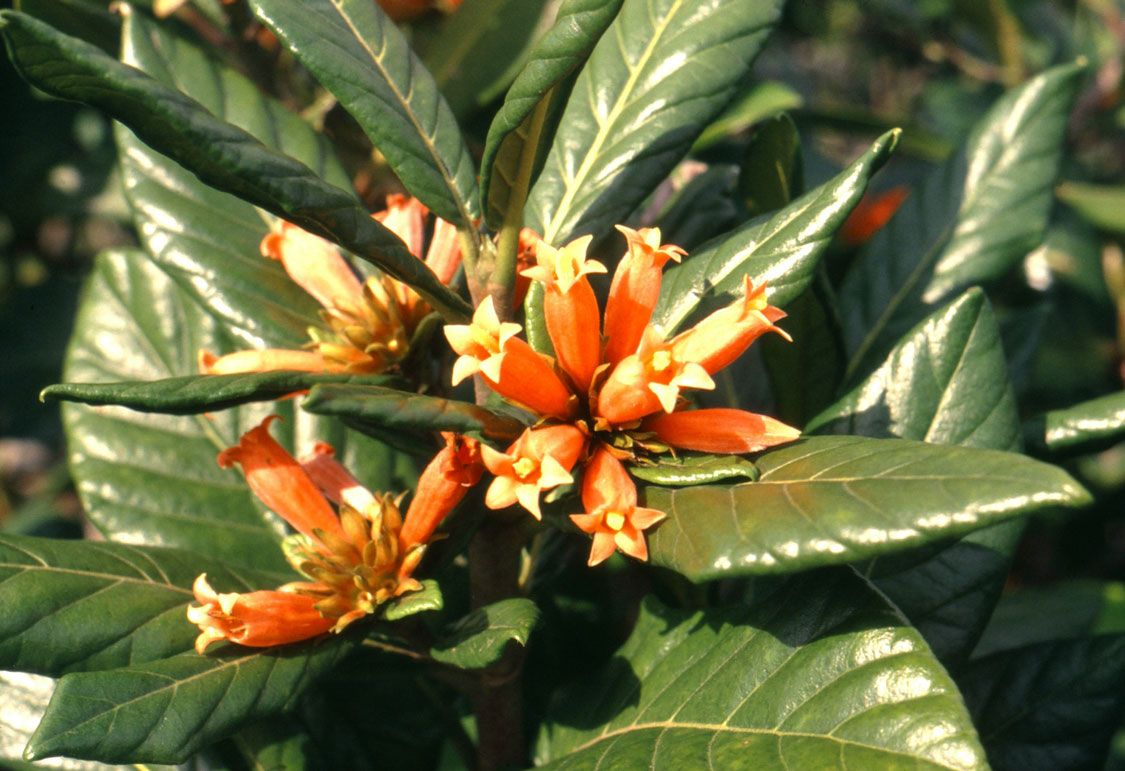
Burchellia bubalina (Wild Pomegranate)
Scale is of the utmost importance in a small garden. If the area is really confined, rather use a well-trained, large shrub than a tree; a careful choice of a single-stemmed specimen in the nursery will go a long way to giving you a miniature tree.
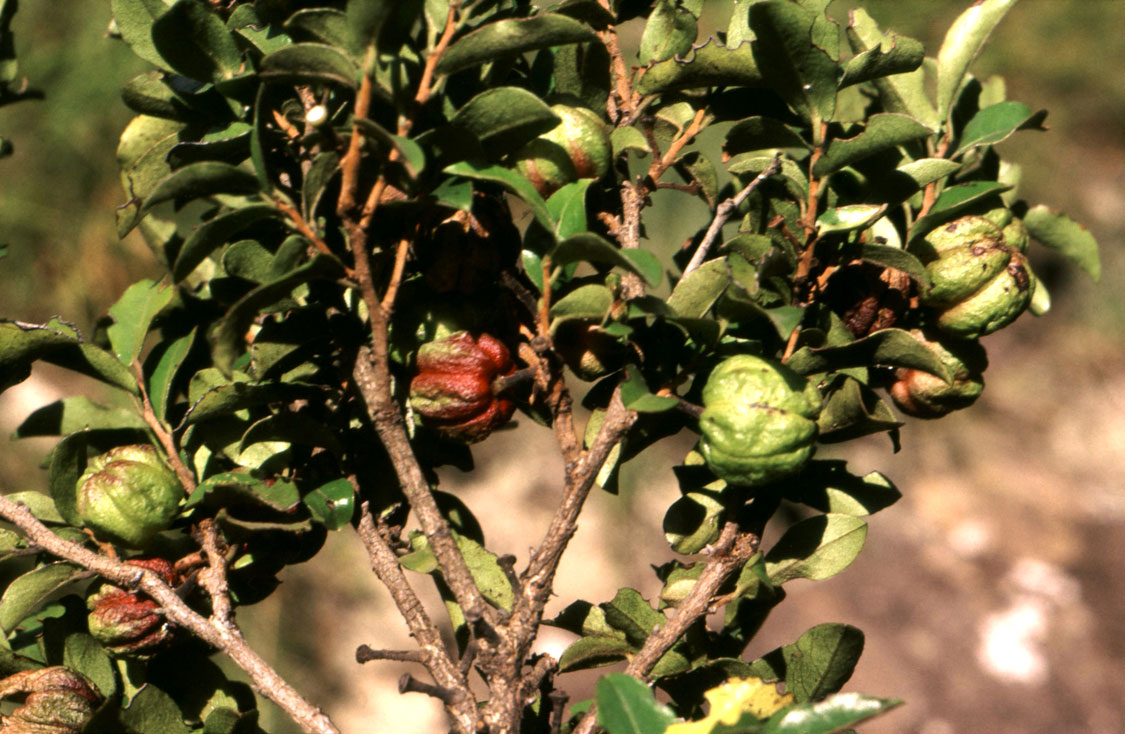
Diospyros whyteana (Bladder Nut)
Annuals and grasses, bulbs and succulents can have a place in your scheme, but they must all be hard working and have something positive to offer.
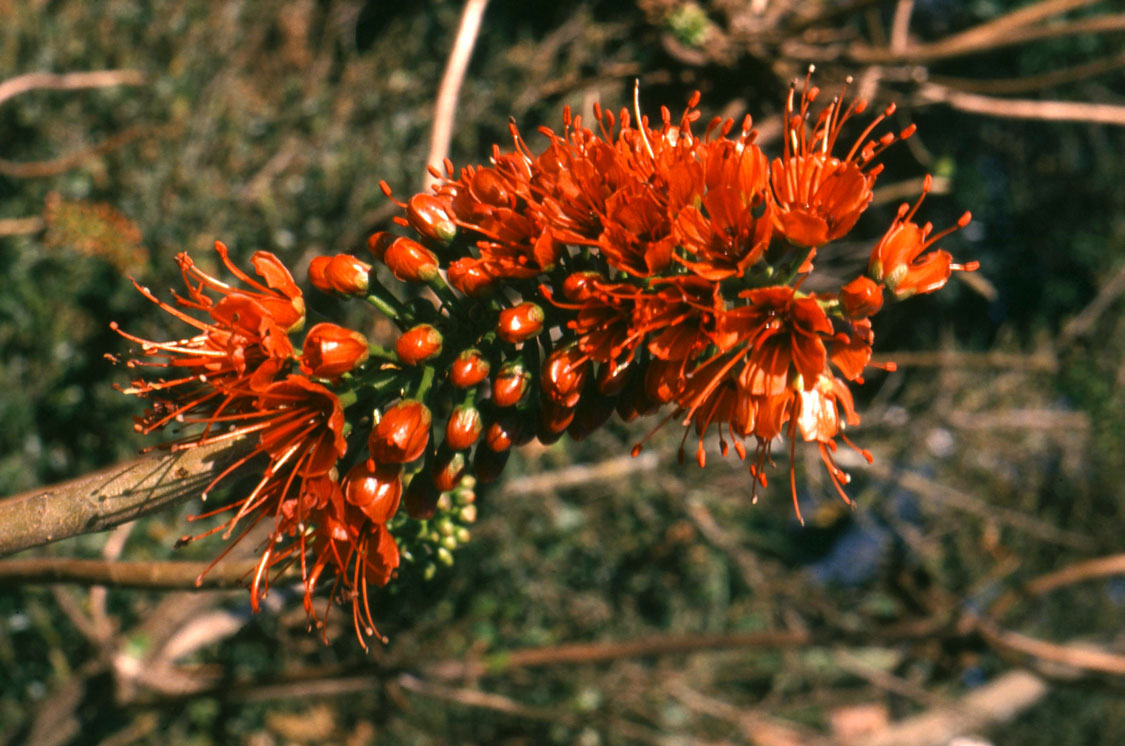
Greyia sutherlandii (Mountain Bottle Brush)
A lawn, however small, will provide a hunting space for insectivores like flycatchers and the Fork-tailed Drongo. The edge between shrubbery and lawn is where the robins and thrushes will happily potter.
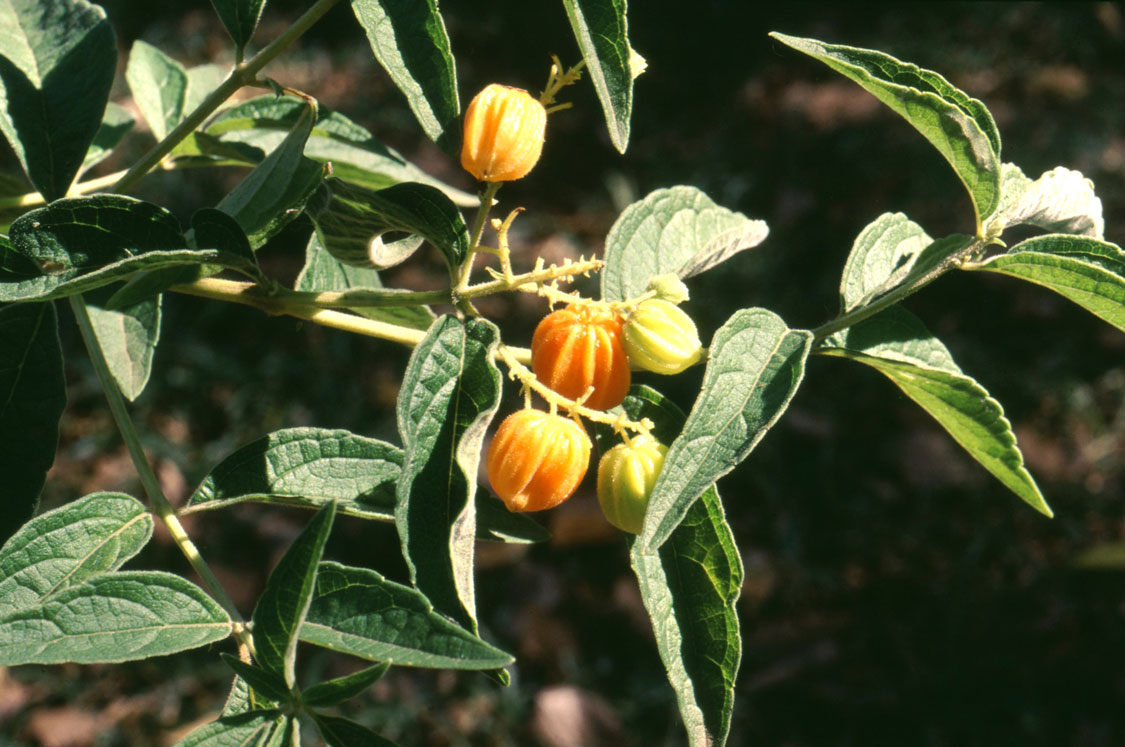
Hoslundia opposita (Orange Bird-berry)
Don’t forget to add a couple of drinking and bathing points. As you plan your garden, always return to the stoep or other viewing point to make sure you’ll get the maximum enjoyment from the layout. This is not just for the birds, it’s for you as well.
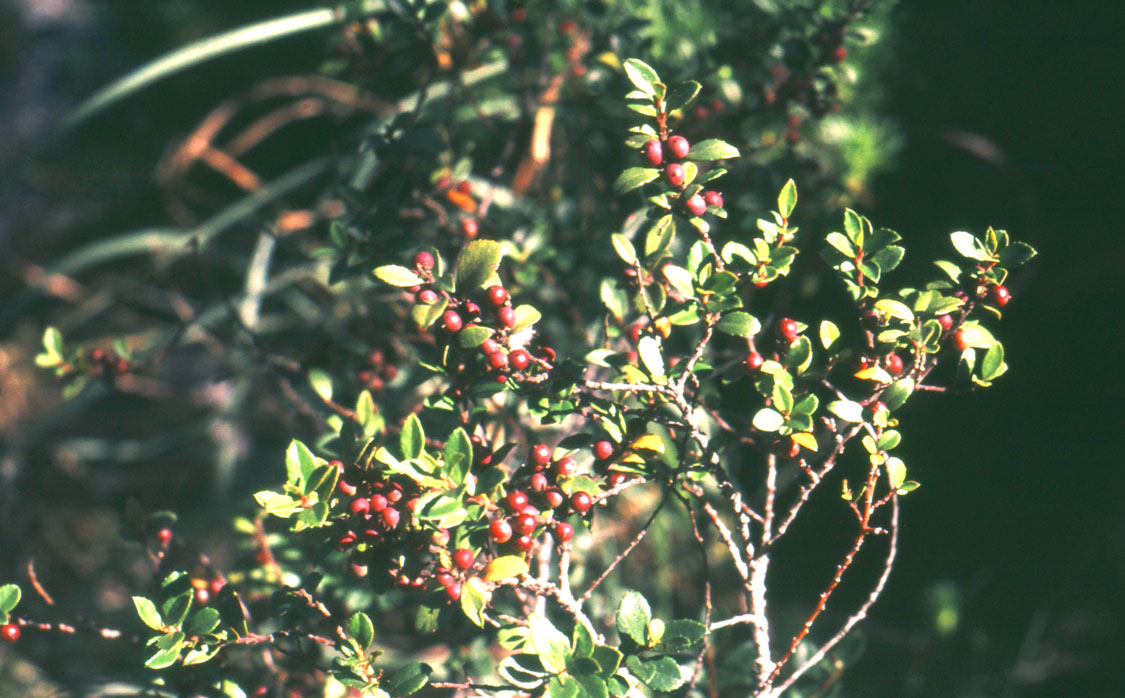
Myrsine africana (Cape Myrtle)
Creating a plant list
Before you even start choosing the plants, it’s important to do a bit of investigating in your neighbourhood first. Find out which birds live in your area. Although birds can fly long distances, they are bound by climate, terrain and altitude, by food and the availability of nesting sites.
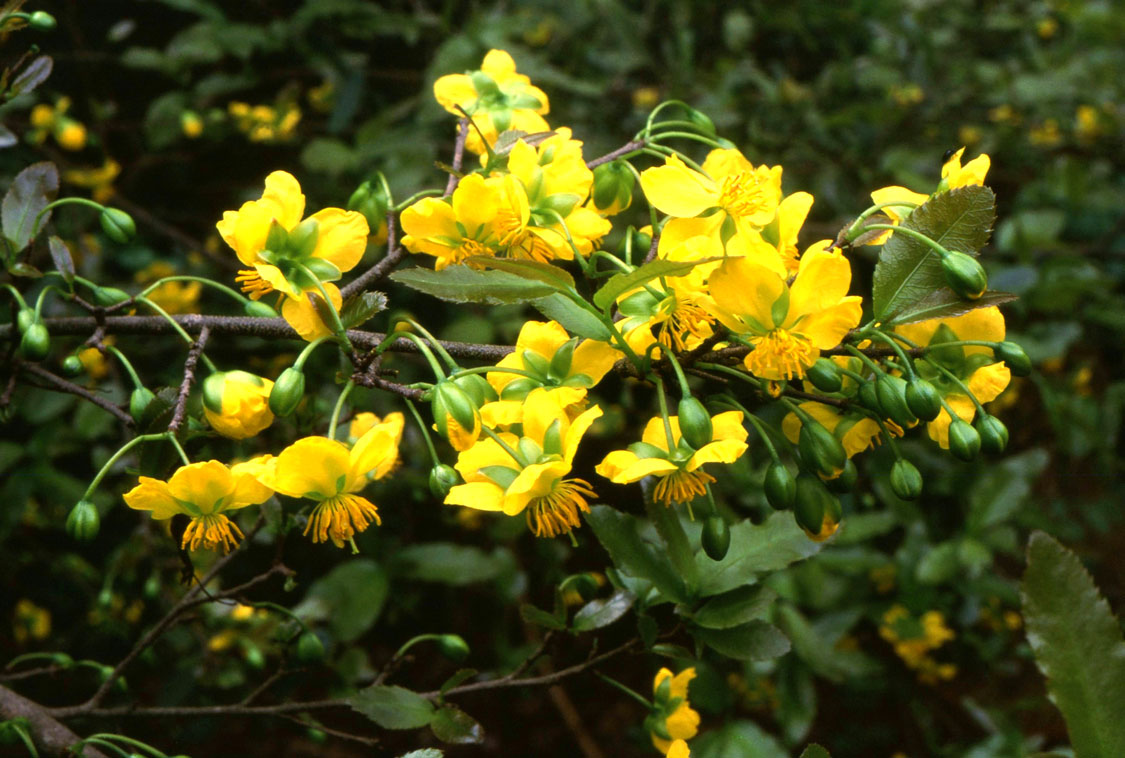
Ochna serrulata or natalensis (Mickey Mouse Bush)
Once you’ve done this you can make lists of suitable plants, with notes about what they offer and when, the height and width of each specimen, and probably most important of all, whether that type will like your particular climate. Local plants are always best as birds will recognise them immediately, but there are many other varieties that will thrive.
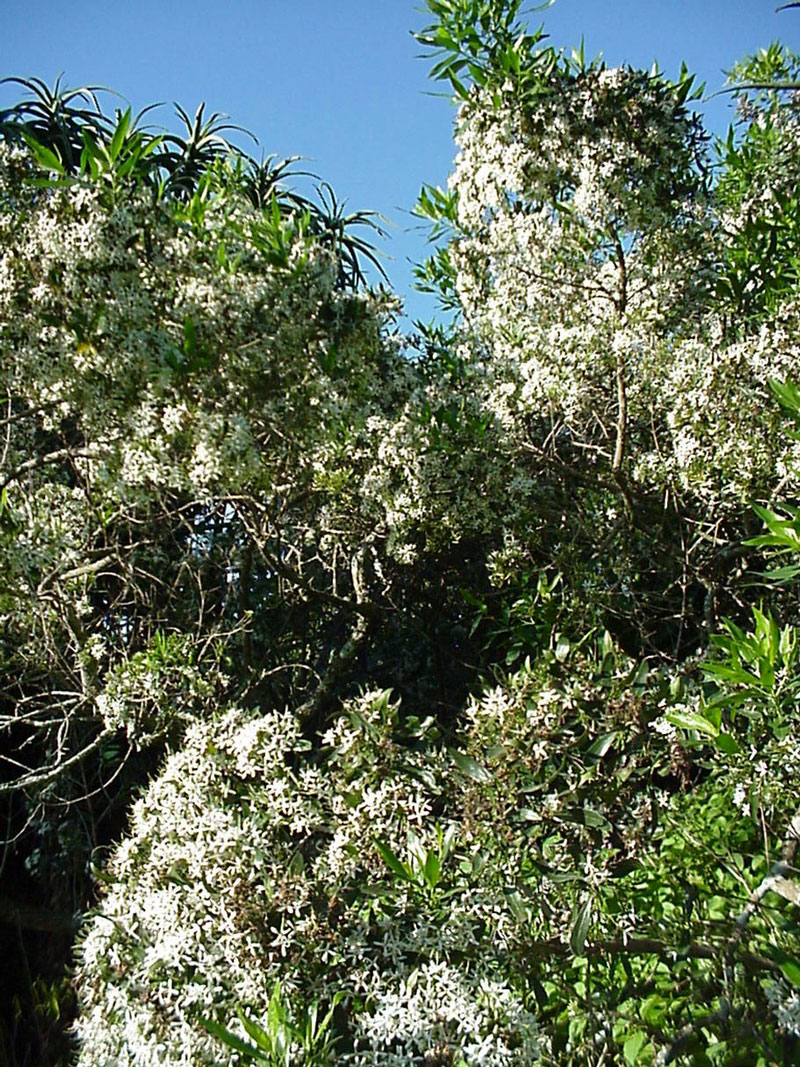
Pavetta lanceolata (Bride’s Bush)
Allow yourself just one ‘proper’ tree – so that passing birds of prey and real tree-top specialists like the lovely Black-headed Oriole will have a vantage point from which to check out your little garden.
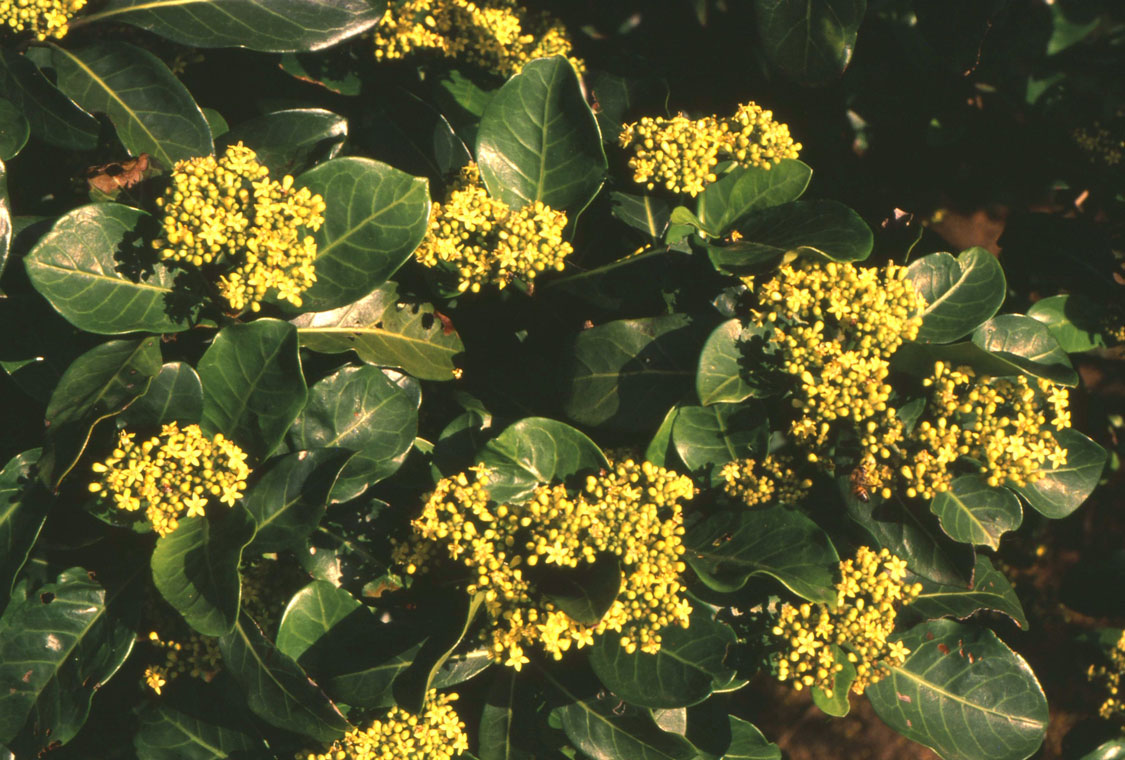
Psychotria capensis (Black Bird-berry)
This could also encourage a couple of permanent residents to build their nests. Think carefully about the choice of this single tree. It must be considered a small tree, it must not have a wide spread, and preferably not a very dense crown as this will shade out the rest of your garden. It’s best to plant it on the western boundary so that the shade is cast onto your plants in the afternoon: a time when the sun is hottest.
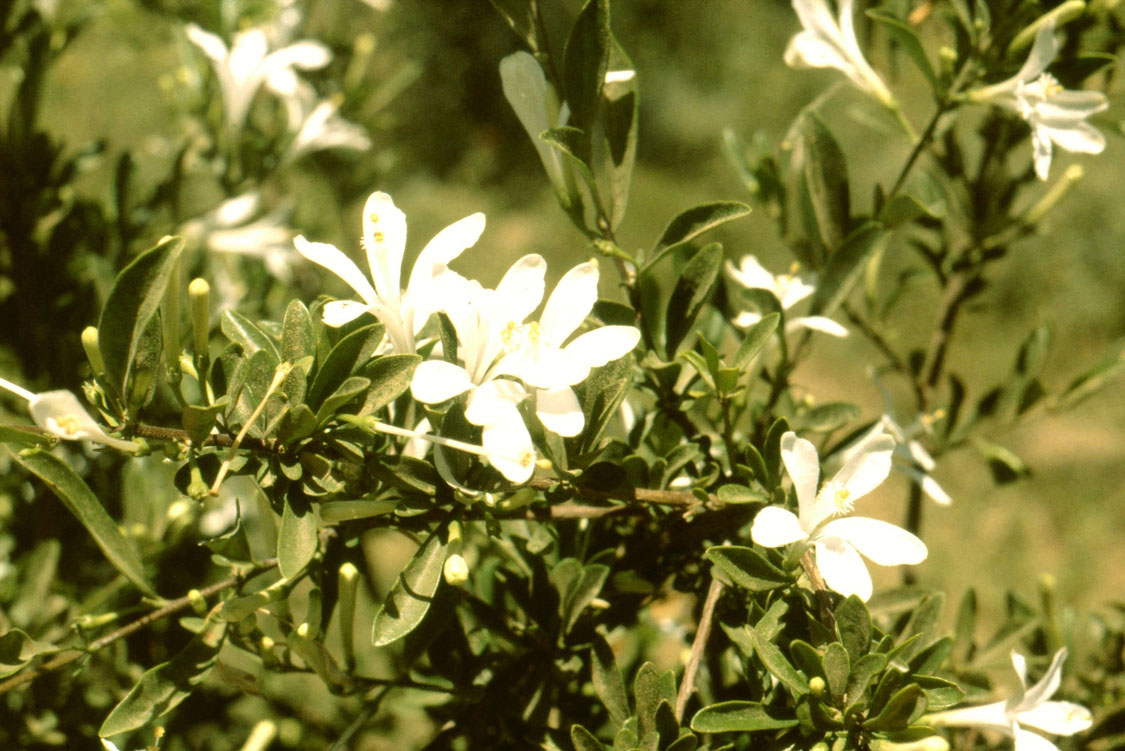
Turraea obtusifolia (Small Honeysuckle Tree)

